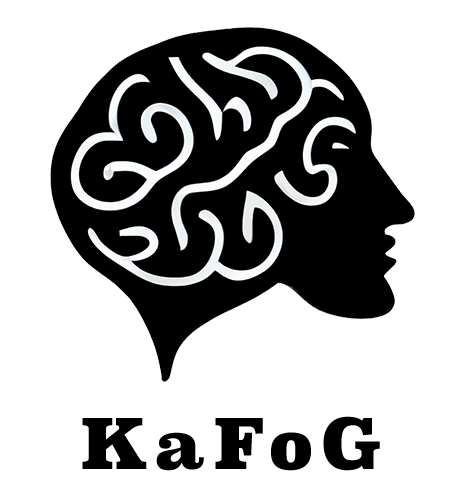OpenAI has made waves once again with its latest innovation: Sora, a cutting-edge text-to-video AI model. Designed to transform textual prompts into intricate visual scenes, Sora represents a significant leap forward in artificial intelligence technology. In this article, we’ll delve into the capabilities of Sora, its potential applications, and the implications of its introduction.
Capabilities of Sora
Sora boasts impressive capabilities, allowing it to generate complex scenes with multiple characters, specific motions, and detailed backgrounds based solely on textual input. OpenAI’s blog post highlights Sora’s ability to understand physical objects, interpret props, and create characters that convey vibrant emotions. These features enable Sora to produce photorealistic videos of up to a minute in length, opening up new possibilities in content creation.
Comparison with Previous Models
While text-to-image generators like Midjourney once dominated the landscape, recent advancements have seen a shift towards text-to-video models. Companies like Runway and Pika have showcased their own impressive offerings, signaling a growing interest in this technology. Lumiere, Google’s entry into the field, stands as a formidable competitor to Sora, promising users similar text-to-video tools and capabilities.
Applications of Sora
The introduction of Sora holds significant implications for various industries, particularly in video production and storytelling. From creating immersive cinematic experiences to enhancing educational content, Sora has the potential to revolutionize how we engage with visual media. However, its impact on creative professionals and the broader landscape of content creation remains to be seen.
Current Availability and Testing
Despite its groundbreaking capabilities, Sora is currently in a limited testing phase, available only to “red teamers” tasked with assessing its potential risks and harms. This cautious approach reflects OpenAI’s commitment to responsible AI development and its recognition of the need to address any shortcomings before widespread adoption. Additionally, access is granted to select visual artists, designers, and filmmakers to provide valuable feedback on improving the model.
Challenges and Limitations
While Sora’s abilities are undeniably impressive, it’s not without its challenges. Accurately simulating complex scenes and interpreting cause-and-effect relationships present ongoing hurdles for the model. OpenAI acknowledges these limitations and is actively working to refine Sora’s capabilities to ensure its effectiveness and reliability in real-world scenarios.
Future Prospects
Looking ahead, the future of Sora holds promise for even greater advancements in AI-generated content. As technology continues to evolve, Sora may evolve alongside it, offering new features and capabilities that further blur the line between imagination and reality. However, it’s essential to remain vigilant about the ethical implications and potential risks associated with AI-driven creativity.
Introduction to Trying Sora
Excitement surrounding Sora’s announcement has sparked curiosity among enthusiasts and professionals alike. However, for those eager to try it themselves, patience is key. As of now, Sora remains inaccessible to the general public, with OpenAI focusing on rigorous testing and refinement before broader release.
Public Availability
While Sora’s eventual public release holds promise for democratizing access to advanced AI technology, OpenAI’s cautious approach underscores the need for responsible deployment. By prioritizing safety and accountability, OpenAI aims to ensure that Sora benefits society as a whole while mitigating potential risks.
Access for Creative Professionals
Recognizing the importance of collaboration and feedback, OpenAI has granted access to a select group of visual artists, designers, and filmmakers. This approach aims to foster a community-driven development process, where diverse perspectives contribute to Sora’s evolution as a tool for creative expression.
Demonstrations and Examples
For those eager to witness Sora’s capabilities in action, OpenAI has provided demos showcasing its ability to bring textual prompts to life. From scenic landscapes to dynamic character interactions, these examples offer a glimpse into the creative potential of Sora and the possibilities it holds for storytelling and visual communication.
Concerns and Safeguards
As with any transformative technology, Sora’s introduction raises important questions about authenticity and responsibility. OpenAI’s decision to implement watermarks and address potential misuse underscores its commitment to ethical AI development. By remaining vigilant and proactive, OpenAI aims to ensure that Sora’s impact is positive and constructive.
Conclusion
In conclusion, OpenAI’s introduction of Sora marks a significant milestone in the field of artificial intelligence. With its remarkable capabilities and potential applications, Sora has the power to reshape how we create and interact with visual media. However, as with any technological advancement, responsible development and thoughtful consideration of its implications are paramount. By navigating these challenges with diligence and foresight, we can harness the full potential of AI to enrich our lives and empower creative expression.
FAQs:
- What sets Sora apart from previous AI models? Sora distinguishes itself with its ability to generate dynamic video scenes based on textual prompts, offering unprecedented realism and complexity.
- When can we expect Sora to become publicly available? While there’s no definitive timeline, OpenAI is working diligently to ensure Sora’s readiness for broader release. Patience is advised as testing and refinement continue.
- What safeguards are in place to prevent misuse of Sora? OpenAI has implemented measures such as watermarks to promote authenticity and deter potential misuse of AI-generated content.
- How might Sora impact the creative industries? Sora has the potential to revolutionize content creation, offering new avenues for storytelling and visual communication. However, its impact on creative professionals remains to be seen.
- What ethical considerations surround the development of AI models like Sora? Ethical considerations include ensuring fairness, transparency, and accountability in AI development and deployment, as well as addressing potential risks and biases.
